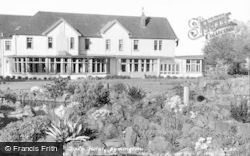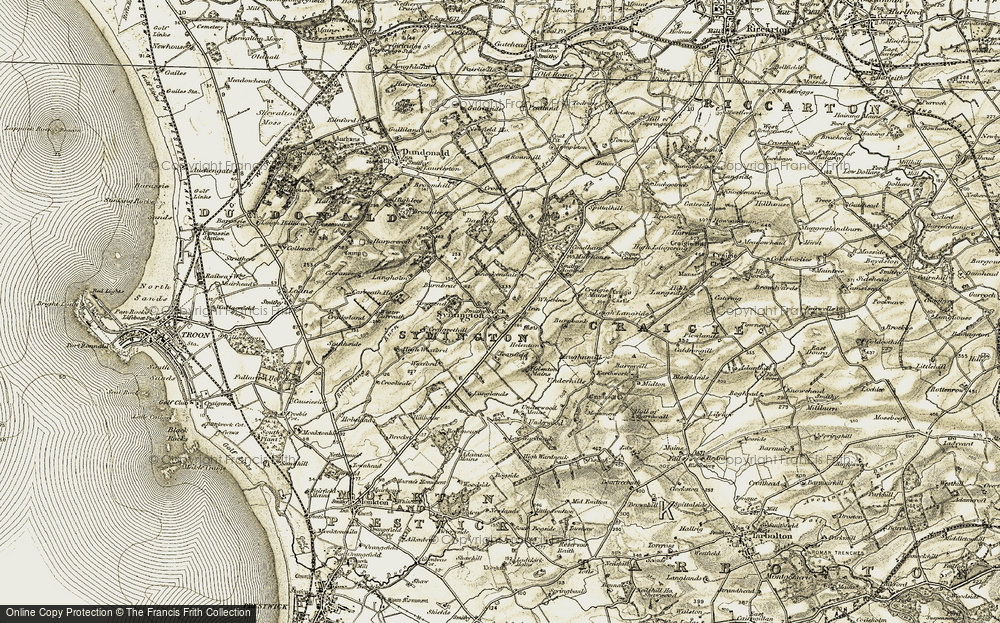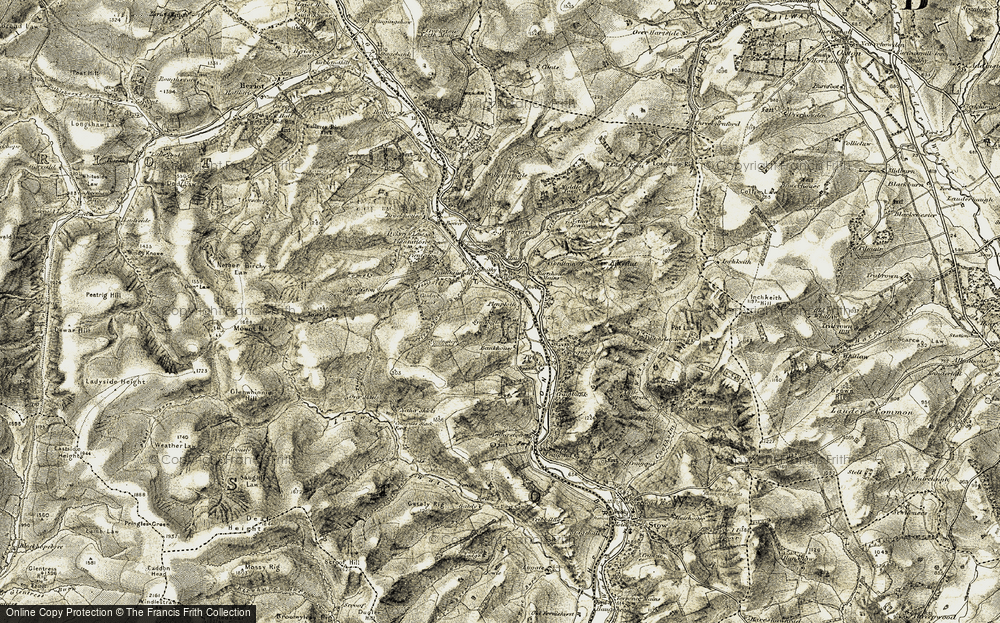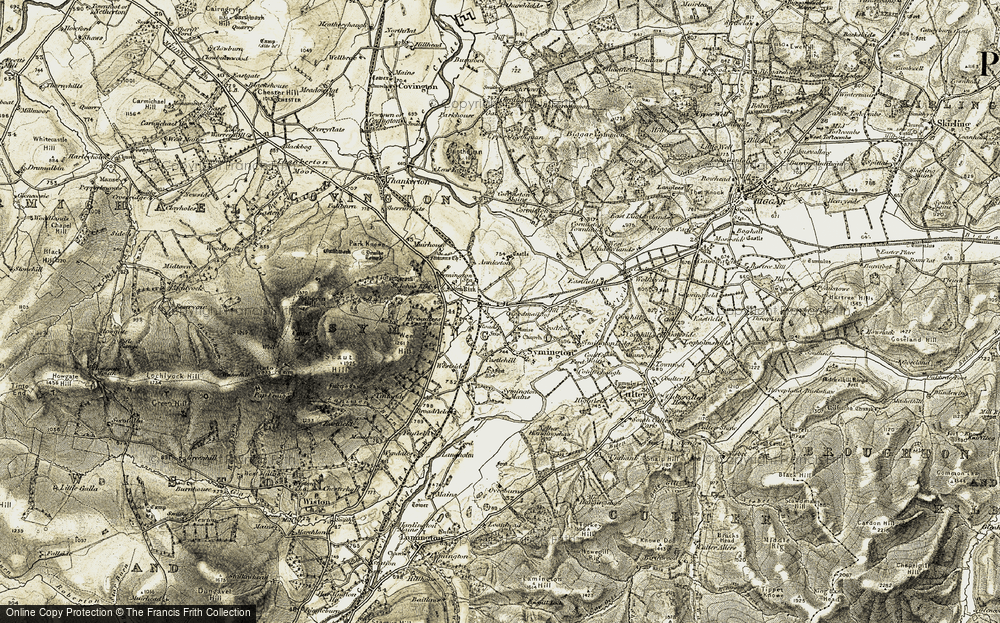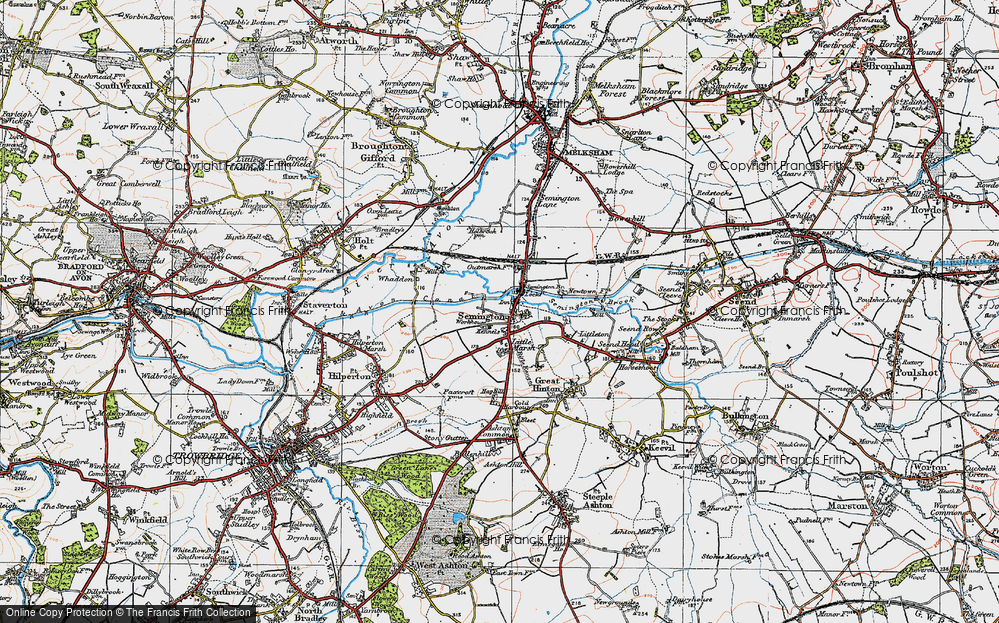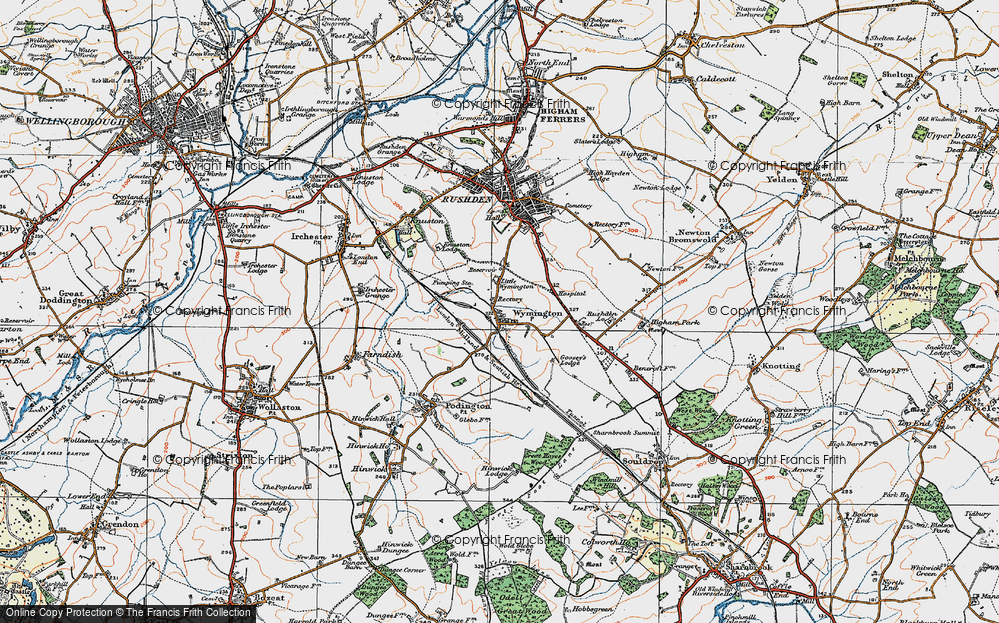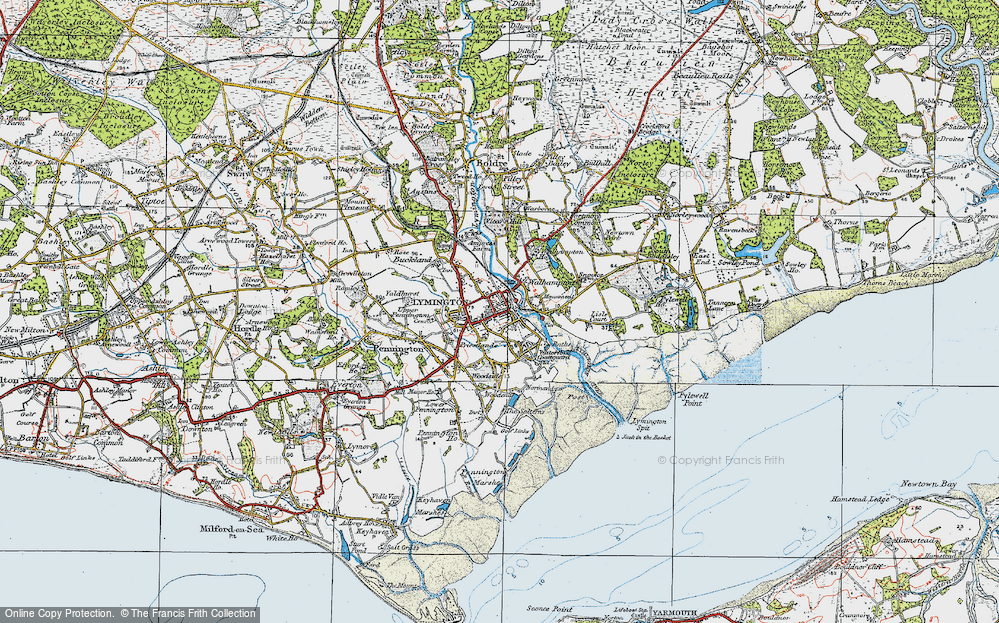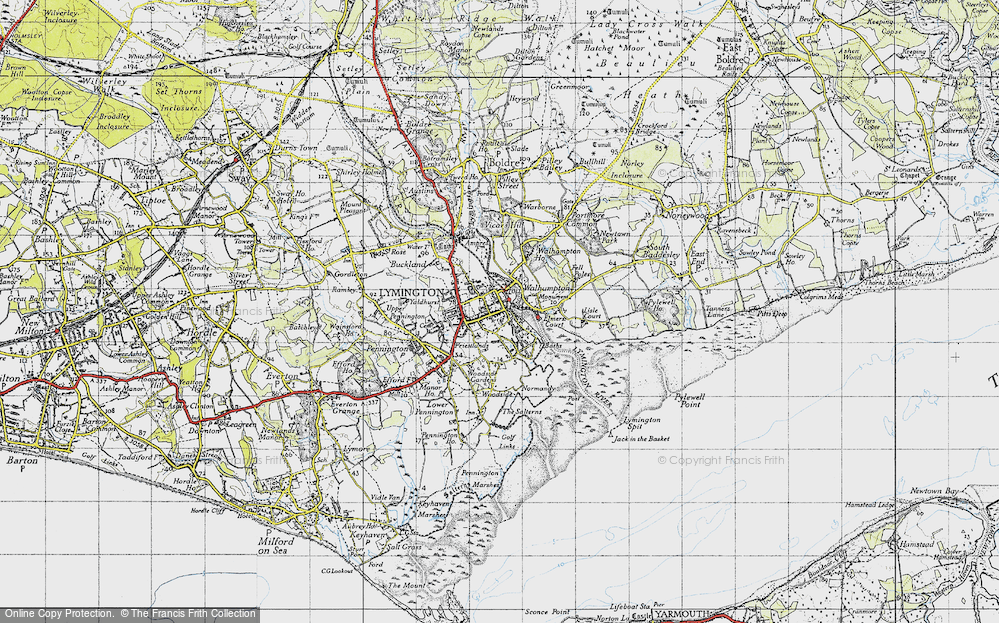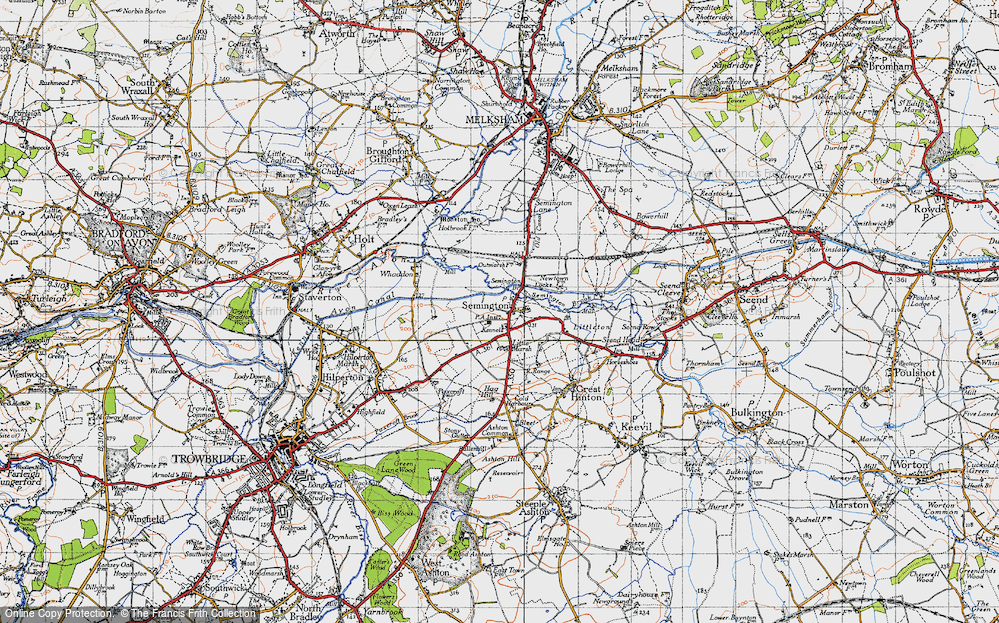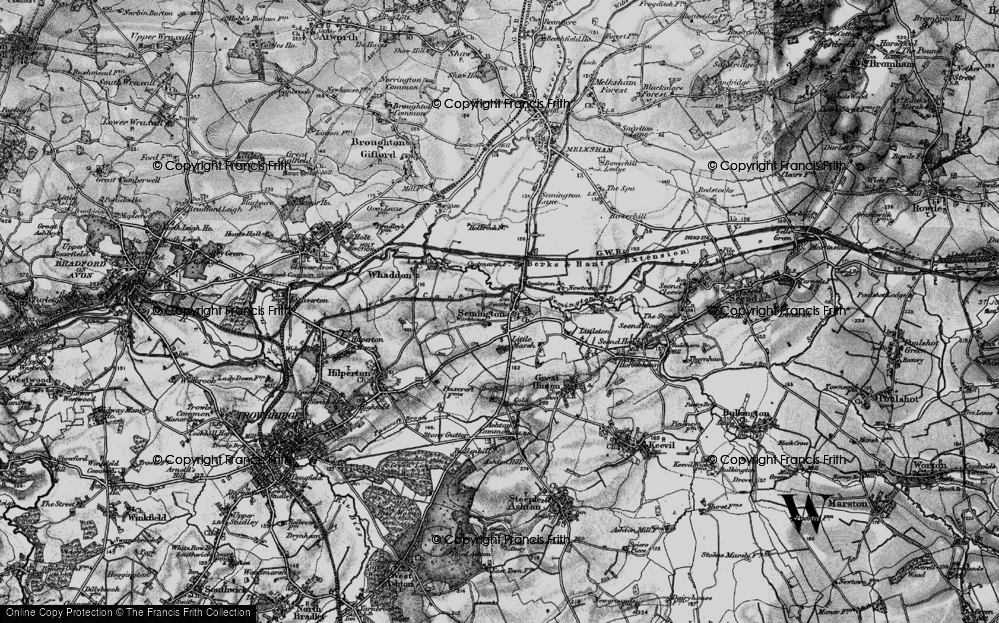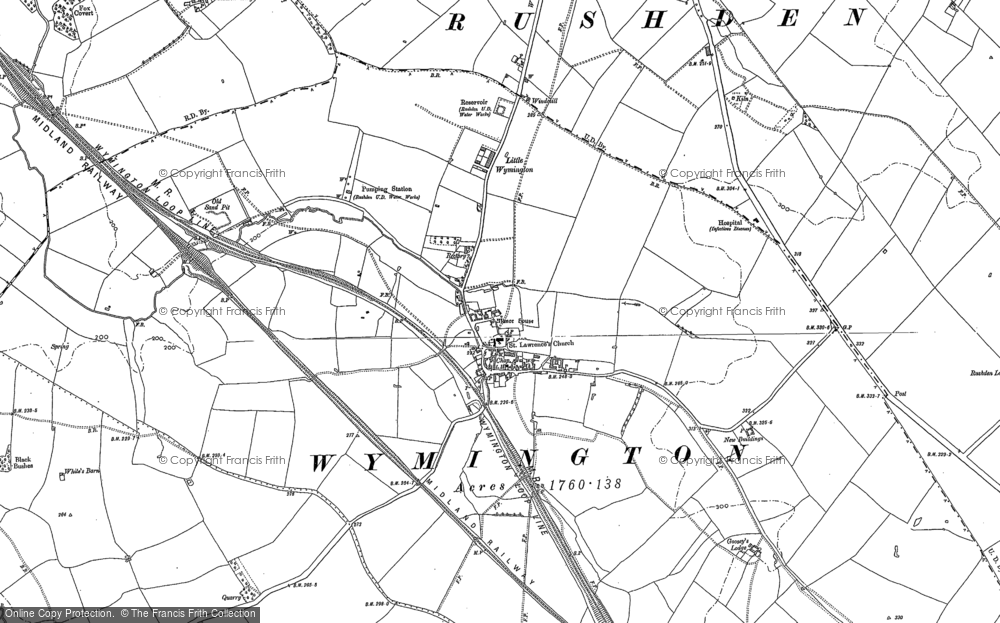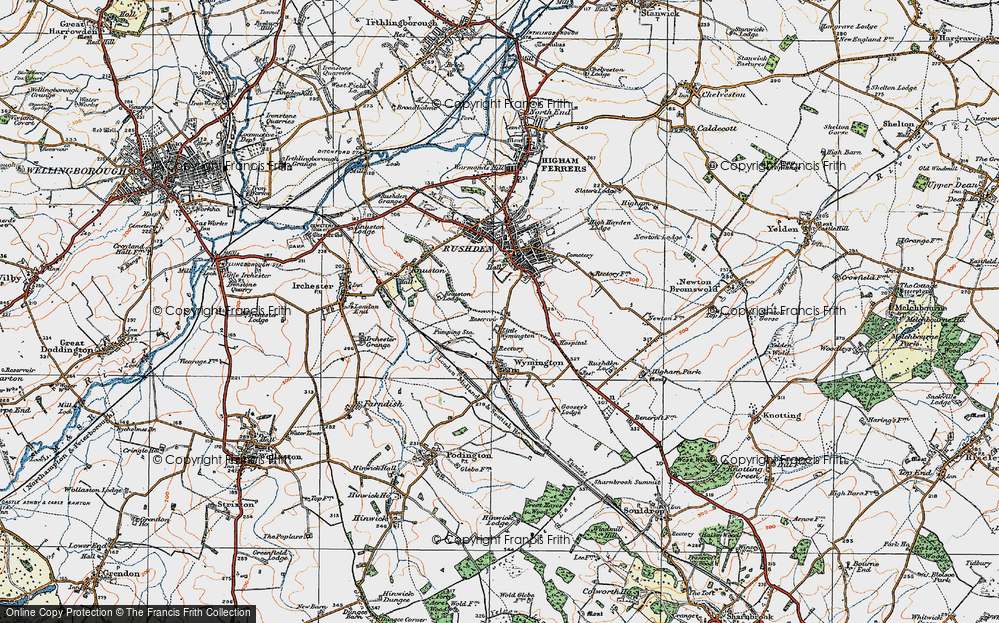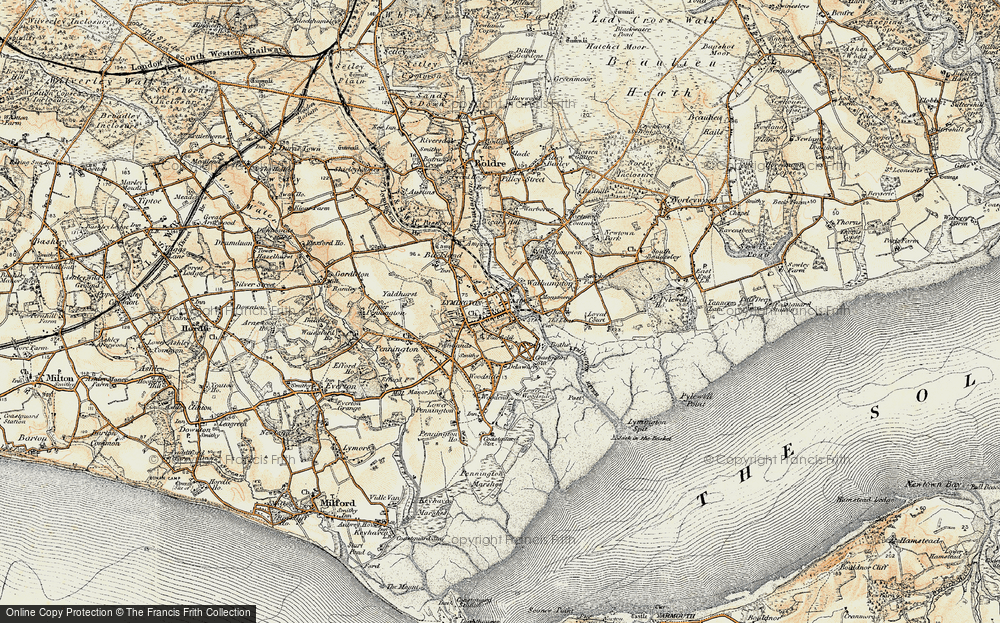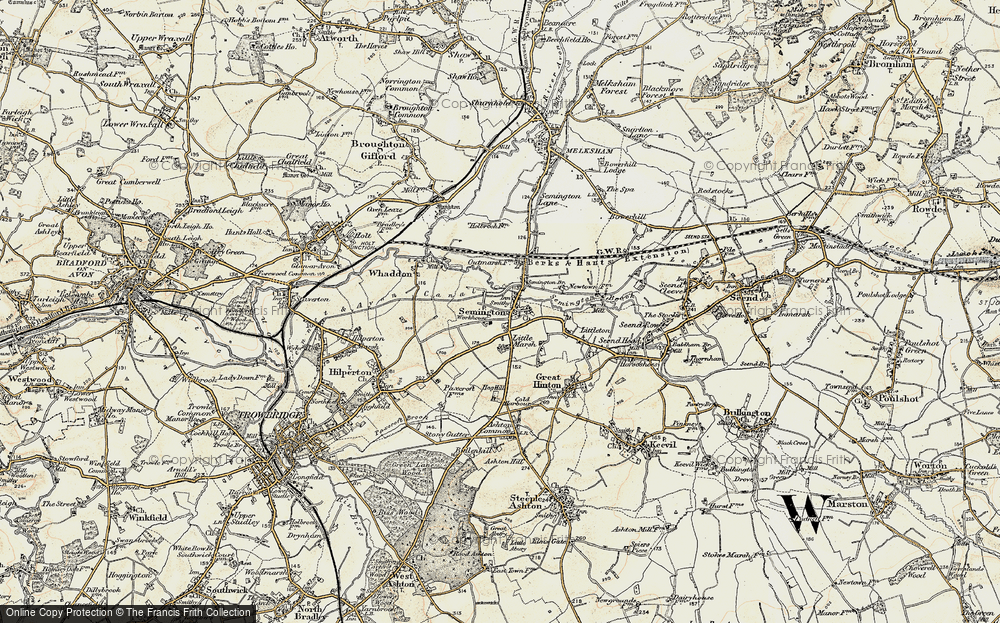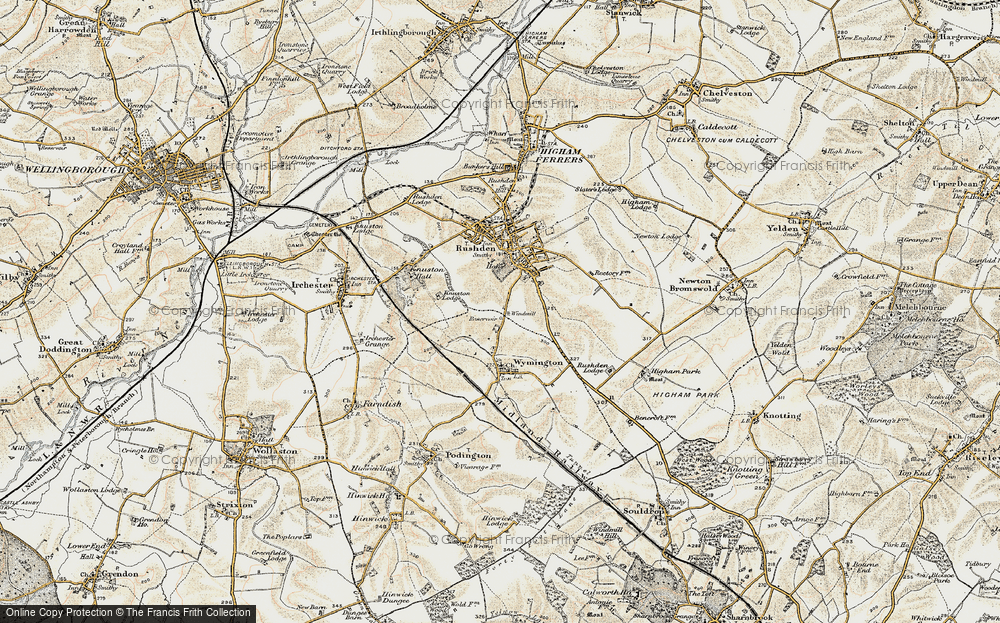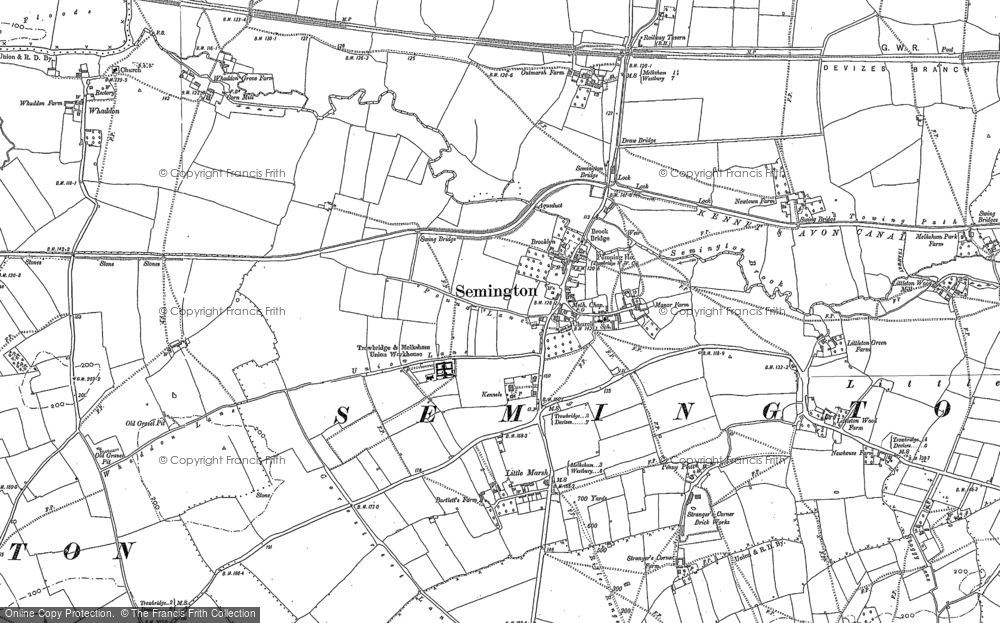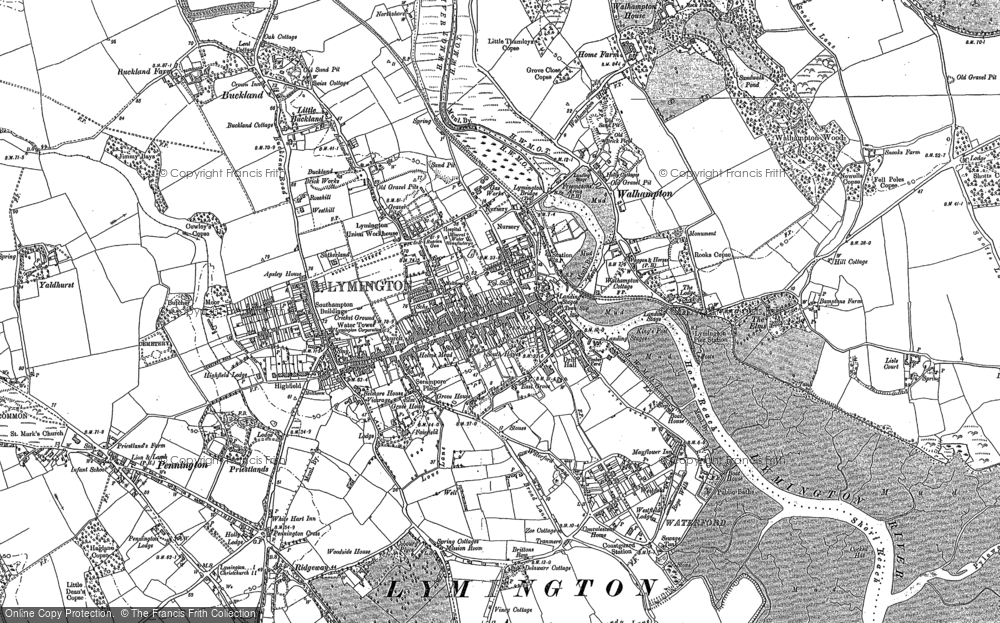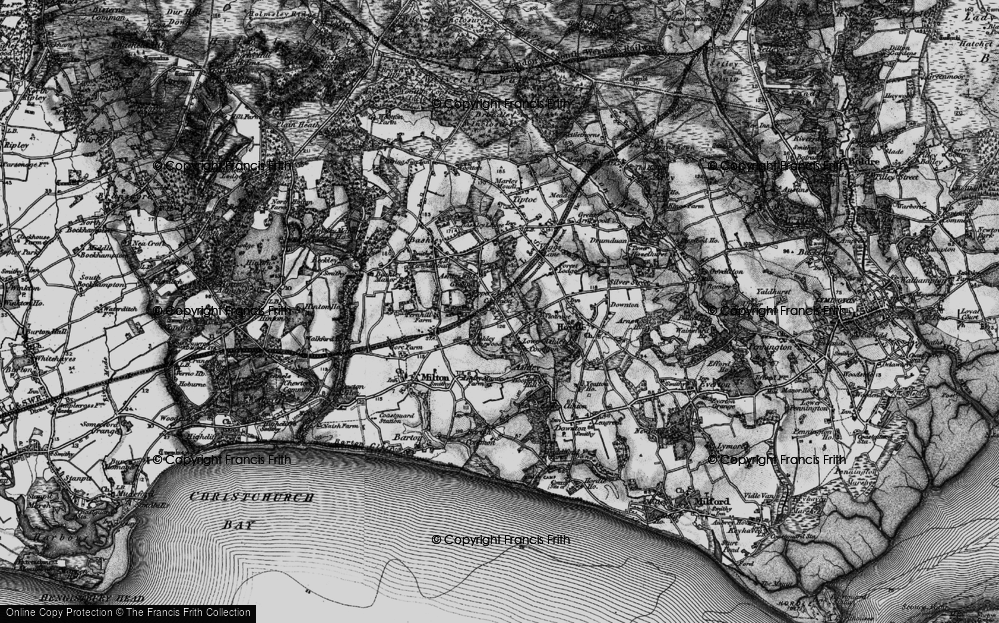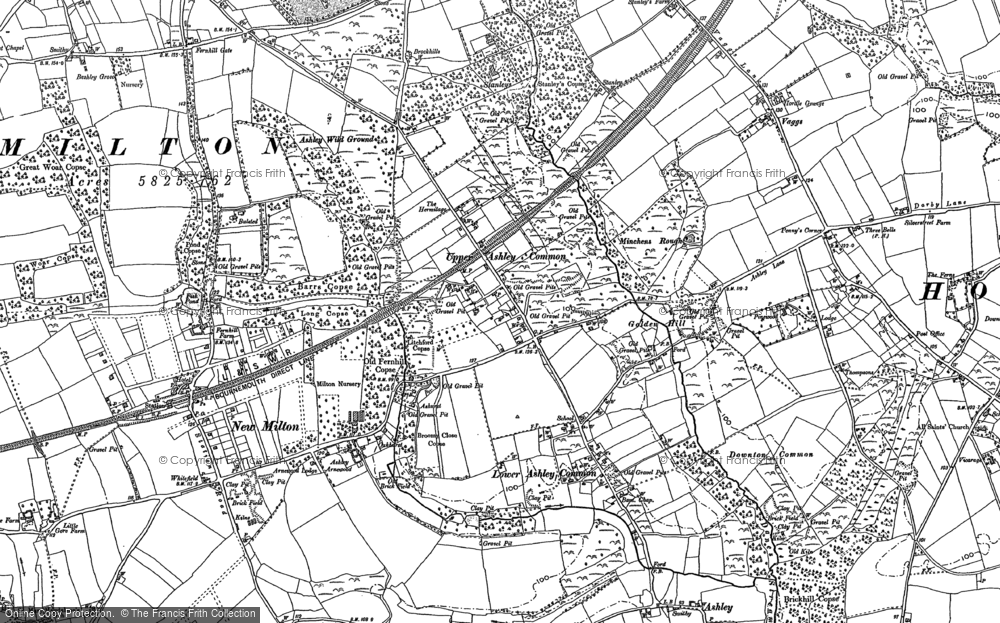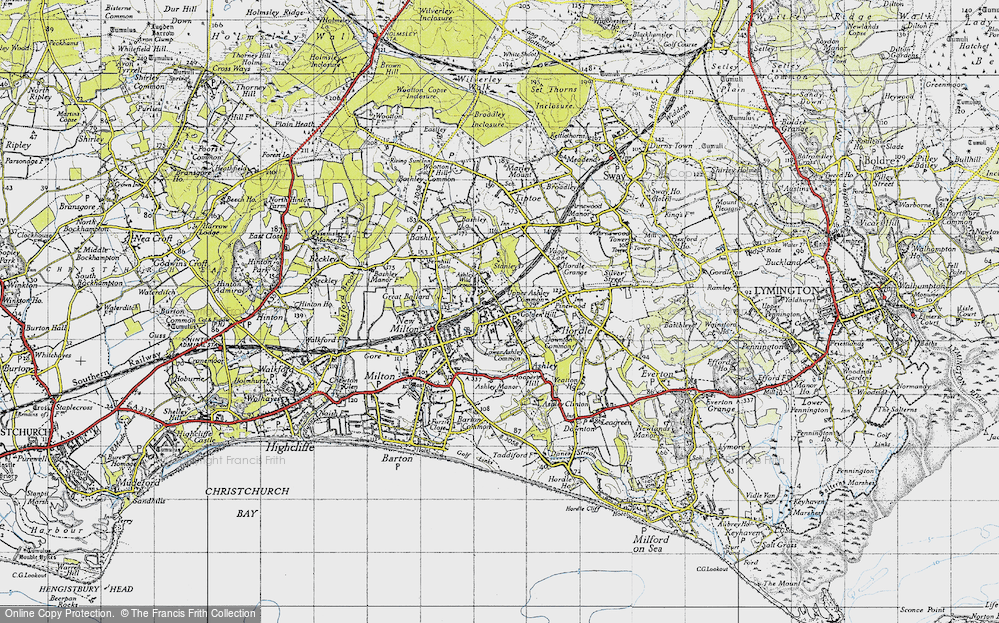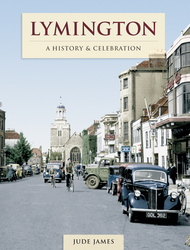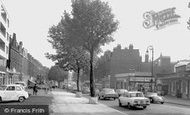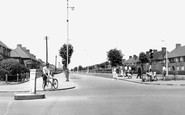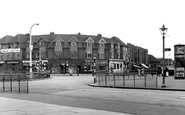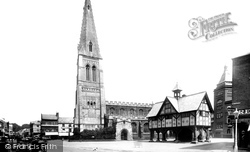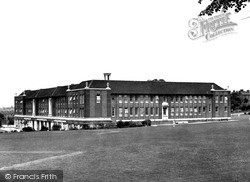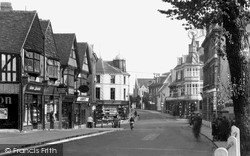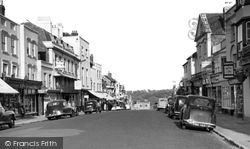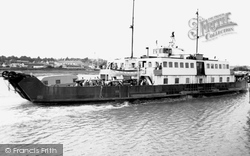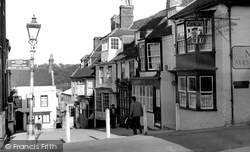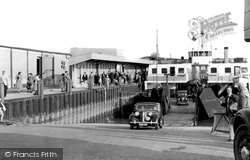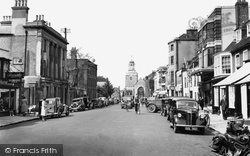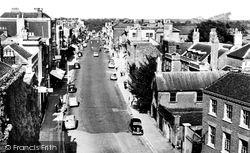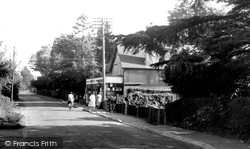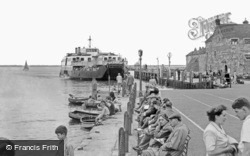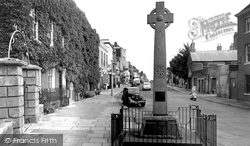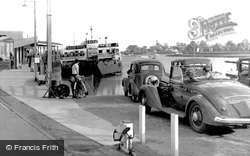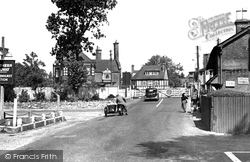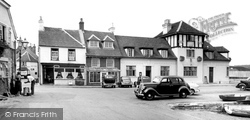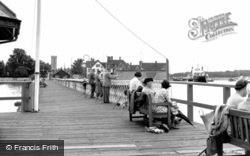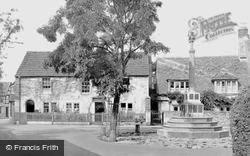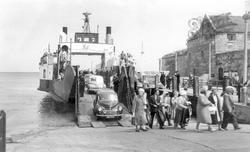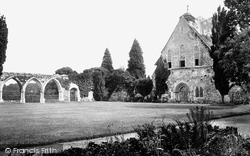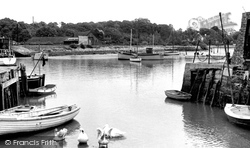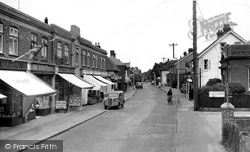Places
3 places found.
Those places high-lighted have photos. All locations may have maps, books and memories.
Photos
1 photos found. Showing results 1 to 1.
Maps
31 maps found.
Memories
32 memories found. Showing results 1 to 10.
Mitcham
I lived in Manor Road in the late fifties and then Lymington Close until the end of the sixties, it was a great place to live then. We played on Mitcham common going to the seven island ponds on our bicycles and the old gun site. Mr ...Read more
A memory of Norbury
Boyhood Memories Of Lymington
My parents, Edward (Jack) and Mavis Byard and myself and German Shepherd Dog Julie, moved from Poole, in Dorset, to live in a de-commissioned British Power Boat Motor Torpedo Boat, 451, in November 1947. My father worked ...Read more
A memory of Lymington by
Elmers Court School.
Great school I was there from 1965 to 1969. We went into Lymington every Saturday to spend our pocket money. There was a toy shop at the bottom of the High Street. I think it was painted yellow at the front. Spent lots of my ...Read more
A memory of Lymington
Lymington In The 1940s
My maternal grandmother and mother were both born in Lymington, my mother attending the grammar school in Brockenhurst (I remember as a small boy her pointing it out to me from the train) In 1944, when the V1 'doodlebugs' ...Read more
A memory of Lymington in 1944 by
Bicycles And A Happy Hunting Ground.
Being the offspring of parents otherwise engaged, and only partially supervised by a succession of Nannies, whose only concern was that we should be clean and respectably dressed when we got up to mischief, we ...Read more
A memory of New Milton in 1950 by
Finchley Road And Lymington Road
I have just returned from London and I was checking to see if there were any photos of Finchley Road and Lymington Road. I was born at No 8 Depot Cottages and stayed there until my dad passed away in 1959. My ...Read more
A memory of Swiss Cottage in 1950 by
Top Of Valence Avenue
I lived at the top of Valence Avenue, which was 1.1/4 miles long. I was nearly into Chadwell Heath, but my address was Dagenham (and proud of it!) . I used to go to Lymington Road School and we went to Valence Swimming Baths ...Read more
A memory of Dagenham in 1943
The Lancaster, Small, Lancaster And Woods Family
I was born in Barton on sea in 1965 My mothers family Harry Lancaster and Emily Jane Small lived at Burnt Lane Lymington. Harry used to work on the Railway. They had five children three boys and two girls ...Read more
A memory of Pilley by
Doddlebugs And V2s Plus!
I moved to Lymington Road, Dagenham, in 1939, across the road from the school. At first I attended Green Lane School - same as Dudley Moor. I even had the same piano teacher. Miss Hoggard. But she gave up on me. In the early ...Read more
A memory of Dagenham by
Lymington Secondary Modern..
Hi, my name is Doreen Jones (nee Kloss). Are there any people out there who also remember attending Lymington Sec Mod? l left in 1963..used to be in Mr Jessels class. Would love to hear from anyone... happy days.
A memory of Dagenham by
Captions
25 captions found. Showing results 1 to 24.
In the background, behind the school, is the Symingtons Corset Factory.
The school building, designed by local architects Symington, Price and Pike in 1927 in a neo- Georgian manner, leans towards domesticity rather than scholarship.
On the extreme left is the forecourt of the Curzon cinema, with Ann Laurie's confectionery shop and Symington & Stedman's estate agency heading the parade of small shops closer to the crossroads.
Lymington, standing proudly above the short estuary of the Lymington or Boldre River, is first mentioned in the Domesday Book as Lentune, though a settlement existed here long before that.
Lymington has always been important as a port; it has not always been the small anchorage that visitors see today.
This picturesque corner of Lymington includes Quay Hill, with Captains Row on the right. Note the typical 1950s sign on the left - 'station and motor car ferry.'
The ferry still runs from Lymington to Yarmouth on the Isle of Wight, and takes 30 minutes.
Lymington's parish church at the western end of the High Street, with its prominent cupola and weather vane, was originally built in 1250, though it has many later restorations and additions.
An important sailing centre, Lymington was originally a Saxon port with shipbuilding in operation between the Norman era and the 18th century.
Given its proximity to the seaside towns of Lymington and Christchurch, Sway became a popular place to live during the 20th century.
The vessel crosses from Lymington in Hampshire, and offers one of the shortest passages across the Solent.
The Manor of Lymington was created at the time of the Conquest, and was granted to Earl Roger of Shrewsbury.
Lymington serves as an important access port, offering one of the shortest passages across the Solent to Yarmouth and the Isle of Wight.
Brockenhurst is a railway junction well-known to travellers to Southampton, Bournemouth, Lymington and the Isle of Wight.
The presence of the Isle of Wight has given the waters around Lymington unusual double tides - a boon to yachtsmen in and around the little estuary.
Ferries used to call, but from the 1930s they moved to a nearby slipway - the ferry to Lymington can be seen in the photograph.
Although the main factory business of Avon Rubber is now in Semington, Cooper Avon Tyres, a subsidiary, still dominates Melksham.
The vessel crosses from Lymington in Hampshire, and offers one of the shortest passages across the Solent.
Beaulieu village lies not far from Lymington, at the head of the Beaulieu River, and is attractive in itself.
Lymington is surrounded by pleasant countryside, and the town makes an excellent base for exploring the New Forest.
An important sailing centre, Lymington was originally a Saxon port, and there was shipbuilding here between the Norman era and the 18th century.
Lymington has connections with the famous. Edward Gibbon, the historian of the Roman Empire, was once its Member of Parliament.
Lymington Road at this period had a wide selection of different traders to satisfy local demand.
An important sailing centre, Lymington was originally a Saxon port with shipbuilding in operation between the Norman era and the 18th century.




